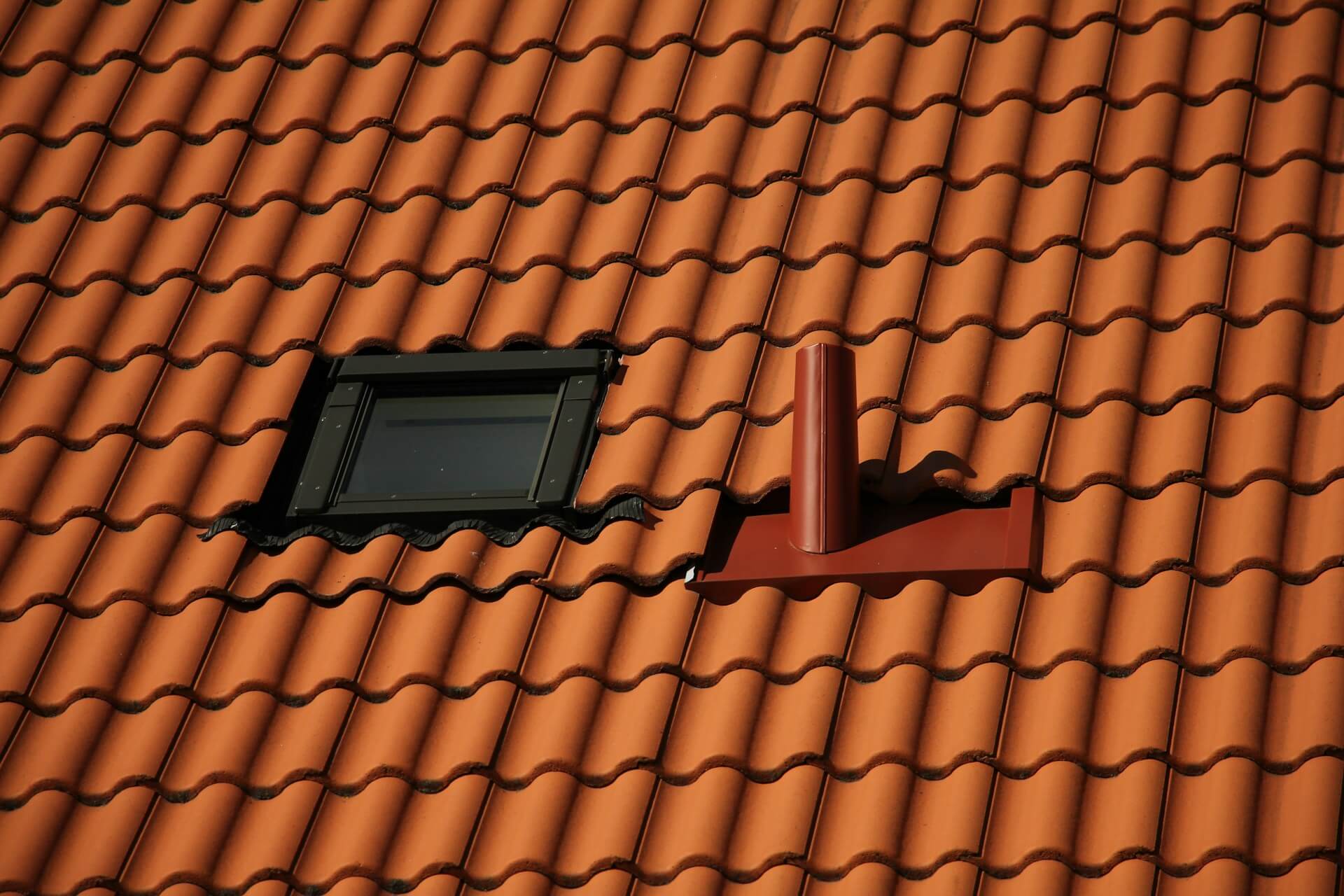Make Sure You Roof is in Good Condition by Following These Tips
A well-maintained roof is crucial for protecting your home from the elements and ensuring the safety and comfort of your family. Over time, various factors such as weather, debris, and wear and tear can compromise the integrity of your roof. By performing regular inspections and addressing any issues promptly, you can extend the life of your roof and avoid costly repairs. Here are some essential tips to help you keep your roof in top condition.

1. Schedule Regular Inspections
Conducting consistent roof inspections, at least twice a year, can help identify potential problems before they escalate. Inspect both the interior and exterior of your roof, paying close attention to areas prone to damage such as valleys, vents, and chimneys. Look for signs of wear, such as cracked or missing shingles, and address any issues immediately.
After significant weather events like storms or heavy snowfall, it's essential to check your roof for damage. High winds can lift shingles, while heavy snow and ice can cause structural stress. By staying proactive, you can ensure minor problems don't turn into major repairs. Whether you need a professional roofing contractor in Huntingdon or any other location, make sure to schedule regular inspections to keep your roof in good condition. It's always better to be safe than sorry when it comes to your roof's integrity.
2. Clean Your Gutters
Clogged gutters can lead to water overflow, which causes water damage to your roof and home exterior. Make it a point to clean your gutters at least twice a year, in spring and fall. Remove leaves, twigs, and other debris that could block water flow. Also, check for any cracks or damage to the gutter system itself.
Properly maintained gutters not only extend the life of your roof but also prevent issues like mold growth and basement flooding. Installing gutter guards can help minimize debris buildup, reducing the need for frequent cleanings and reducing the risk of damage.
3. Trim Overhanging Branches
Overhanging tree branches can pose a significant threat to your roof, especially during storms. Branches can scrape against your roof, damaging shingles and potentially leading to leaks. Moreover, fallen leaves and twigs can accumulate on the roof and in the gutters, causing blockages and promoting moisture retention.
Regularly trimming back any branches that come into contact with or hover near your roof can help mitigate these risks. It's best to maintain a safe distance, generally around 10 feet, between trees and your roof to reduce potential damage and debris accumulation.
4. Repair or Replace Damaged Shingles
Damaged shingles are one of the most common roofing problems and should be addressed promptly. Cracked, curled, or missing shingles can expose your roof to leaks and further damage. Regularly inspect your roof for such issues, and either repair or replace affected shingles immediately.
Ignoring damaged shingles not only compromises the integrity of your roof but can also lead to more significant problems like water damage and mold growth. Ensuring that your roof is consistently in good condition will save you time and money in the long run.
5. Ensure Proper Ventilation
Proper attic ventilation is vital for roof health, as it helps regulate temperature and moisture levels. Inadequate ventilation can lead to heat buildup in summer, causing shingles to deteriorate prematurely. In winter, it can cause moisture to accumulate, leading to mold and rot.
To maintain proper ventilation, ensure that your attic vents are not blocked by insulation or debris. Installing ridge and soffit vents can help improve airflow, reducing the risk of heat and moisture-related damage and prolonging the lifespan of your roof.
6. Install a Drip Edge
A drip edge is a metal flashing installed along the edges of your roof, directing water away from the fascia and into the gutters. This simple addition can prevent water from seeping under your roofing material and causing rot or other water damage.
Installing a drip edge is an effective way to enhance your roof's protection against the elements. It's a small investment that can significantly extend the life of both your roof and your home's overall structure by providing a clear path for rainwater to follow. Not to mention, it also adds a clean and finished look to your roofline.

By following these essential tips, you can ensure that your roof remains in good condition for years to come. Regular maintenance and timely repairs are key to avoiding costly damages and ensuring the safety of your home. If you're ever unsure about the condition of your roof or need help with repairs or replacements, don't hesitate to consult a professional roofing contractor for guidance and assistance. Your diligence now will pay off in the long run by keeping your roof strong and protective for many years ahead. With these tips in mind, you can stay on top of your roof's health and enjoy peace of mind knowing that your home is well-protected.